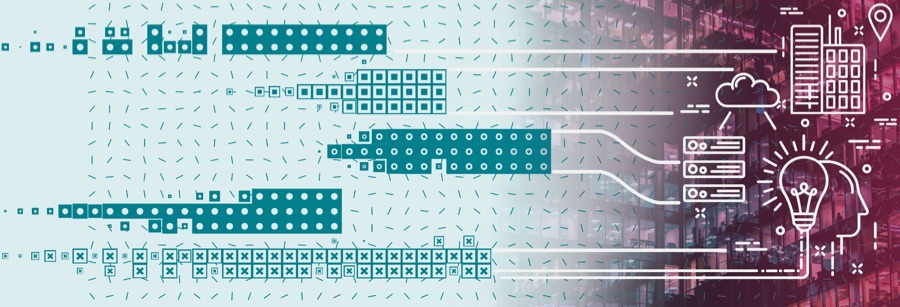Let's Bring AI to the Office
We Could Make Office a Destination of Choice
From the archives
As last school year kicked off, we were taking notes on online education solutions that may apply to remote work. Back in 2021, we were talking about the equalizing qualities of hybrid work. And in 2020, we founded the WorkWell Coalition and ran webinars on optimizing telework and long-term transitioning to more personalized and effective hybrid options. We’ve even been known to spend our Septembers advocating for better office restrooms and redefining how we measure workplace success – because fall is all about motivation and fresh starts!
We’ll leave you with a–dare we say tender?–take on a chatbot with something akin to “vision.” Check out Act Two of This American Life Episode 832, about Simon, the self-aware text-generator that writes poetry. Cheers to intelligence and poignancy, in all its forms.
In Case You Missed It
Miss much, in the back to school rush? Don’t worry. PLASTARC was paying attention.

The Vanishing Vacation
Americans aren’t vacationing anymore, and it’s costing us more than we think. In this Work Design piece, PLASTARC asks, why are we so reluctant to step away from work?

Working Out(doors)
Does your workplace include outdoor space? It should! In this article we share thoughts and ideas around a perennial preference of our own: outdoor working.

Humanely-built Architecture
AIA’s Social Science committee hosted a series of talks promoting the Design for Freedom project and offering concrete examples of how to keep forced labor out of the building process at every step along the way.

Disruptive Tech in the Workplace
Using data and AI to design more comfortable offices was a key focus at this summer's WORKETCH Chicago event. Conversation also addressed community development & maker spaces!

Farewell to the Man of Many Voices
He stuttered as a child but as an adult, he was a man of many voices – voices that are known by millions. Actor James Earl Jones, who rasped as Darth Vader and Mufasa, died at home Sept. 9, at age 93.
Looking Ahead
What are you anticipating this season, beyond the return of “pumpkin spice” everything?








